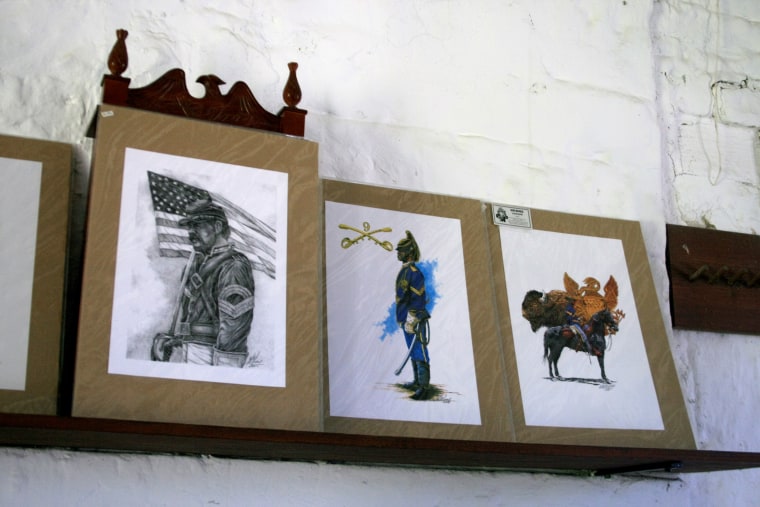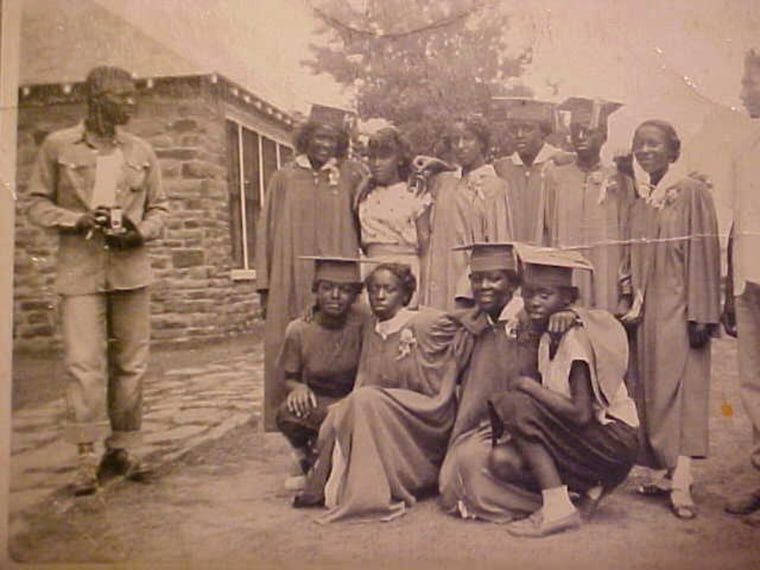Oklahoma historically had more all-black towns than any other state in the country, and an annual tour highlights the communities still in existence today and their unique history.
The Oklahoma All-Black Town Tour commemorates Juneteenth each year. This year’s tour took place in Fort Gibson and Muskogee, in eastern Oklahoma.
Oklahoma’s unique history with the all-black towns came about starting with the Trail of Tears, the forced removal of Native American tribes from the Southeastern part of the country to Indian Territory, which is now present-day Oklahoma. Many African-Americans were enslaved by the tribes and made the journey to Indian Territory with the tribes.
A group of 500 African-Americans agreed to move to Indian Territory in exchange for their freedom. Following the Civil War, the former slaves of the Five Civilized Tribes settled together. Known as “Freedmen,” they created farming communities that supported a variety of businesses. Between 1865 and 1920, African-Americans created more than 50 all-black towns and settlements.
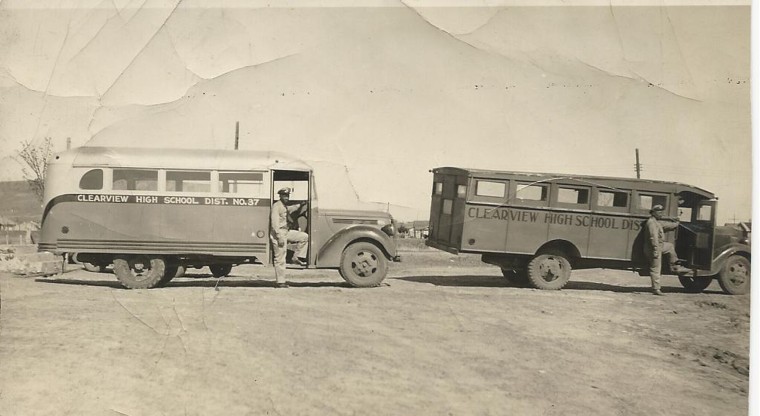
But the Great Depression devastated many of the towns and settlements, forcing the residents to go elsewhere for work. Many of the towns ended up not surviving. Today, there are 13 still in existence.
Though this year’s tour didn’t travel to the 13 black towns still surviving, it offered a unique perspective showing how communities shaped the early days of settlement in Indian Territory.
Related: Meet The Black Woman Reclaiming the Narrative of the Civil War
“These communities of Fort Gibson and Muskogee, they were instrumental in the beginnings of the black towns because that’s where most of the blacks came with the Indian removal and the Indians bringing their slaves or runaway slaves,” said historian Shirley Nero, one of the tour guides during the daylong tour.
The tour started at Four Mile Branch Missionary Baptist Church and Cemetery, which was established in 1867 by Creek and Cherokee Freedmen. A scavenger hunt for gravesites through the historic all-black cemetery helped showcase some of the site’s history. Next was a stop at Fort Gibson Historic Site, the first military post in what would become the state of Oklahoma.
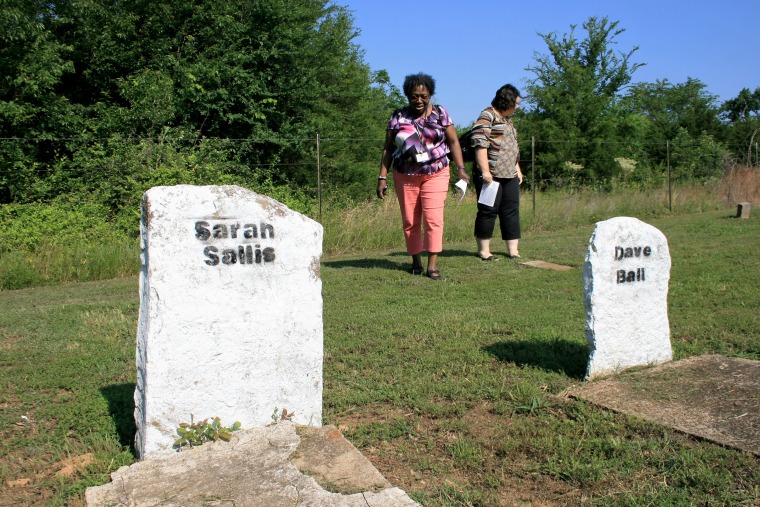
Established in 1824, it was an important place along the Trail of Tears for the Cherokees, Creeks and Seminoles, offering supplies and protection. Buffalo soldiers serving in Indian Territory helped keep out intruders from the lands, watched over Native Americans on the reservations, and maintained general law and order, according to the Oklahoma Historical Society.
“As a high school student, I didn’t know about all this,” said Sylvester Sallis, a Buffalo Soldier re-enactor at Fort Gibson. “A lot of black contributions weren’t recorded.”
A viewing of the documentary “Struggle & Hope” at Muskogee’s Roxy Theater offered another view of the all-black communities. The storylines showcased the lives of individual residents fighting to keep their towns alive and cultivate growth.
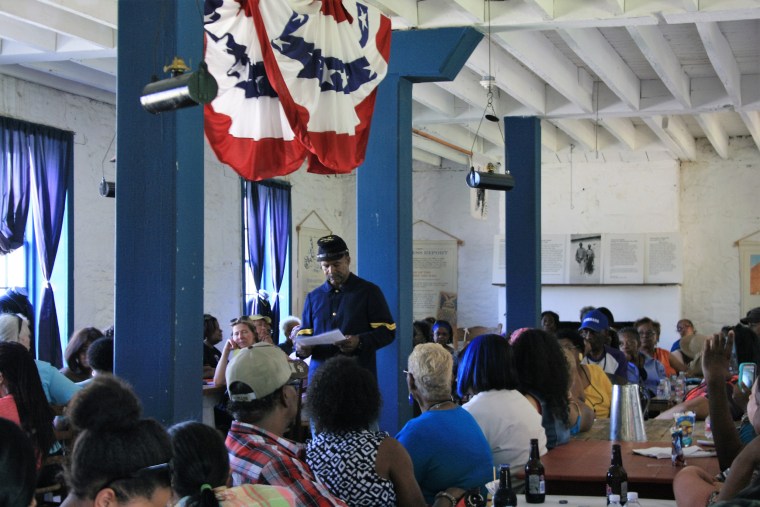
Next up on the all-black towns tour was a driving tour of the city of Muskogee, a city of 38,000 that was the site of the first federal district court established in Indian Territory in 1889.
“It was the epitome of the Wild West. More deputies were killed here than any other place,” said tour guide Oscar Ray about Muscogee in its infancy. “Almost every bad guy from the West passed through here.”
Related: Meet the Millennial Transforming Black Wall Street for the Digital Era
Black-owned businesses once lined 2nd Street in Muskogee, earning the nickname Black Wall Street. When the depression hit, the stores even loaned the banks money, Ray said.
Such tidbits were peppered throughout the tour, giving guests like Cecila Barnett a new appreciation for Oklahoma’s history.
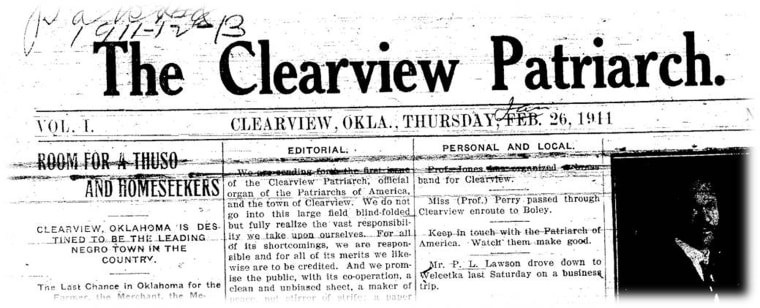
Barnett said she learned little about black history in Oklahoma as a student.
“The only person I knew was Booker T. Washington, who they talked about,” the 66-year-old said. “So a lot of this stuff and these towns that we’re seeing now, these towns we didn’t see and we didn’t know about.”
Related: Doc Explores How a Quiet Revolution in Baton Rouge Changed History
The yearly tour is a partnership between local historians and the African-American Resource Center at the Tulsa City-County Library. For her part, Nero, who hails from Clearview, one of the 13 all-black towns still in existence, hopes the tour helps inspire people to travel and explore Oklahoma further.
“There’s such a rich history in Oklahoma,” she said. “We should move out of the city and travel the rural community and explore and just ask questions about how did this town develop and what is the diversity of the town itself. And just find out. Just explore our state. We have a unique state, and we need to find out about it.”
